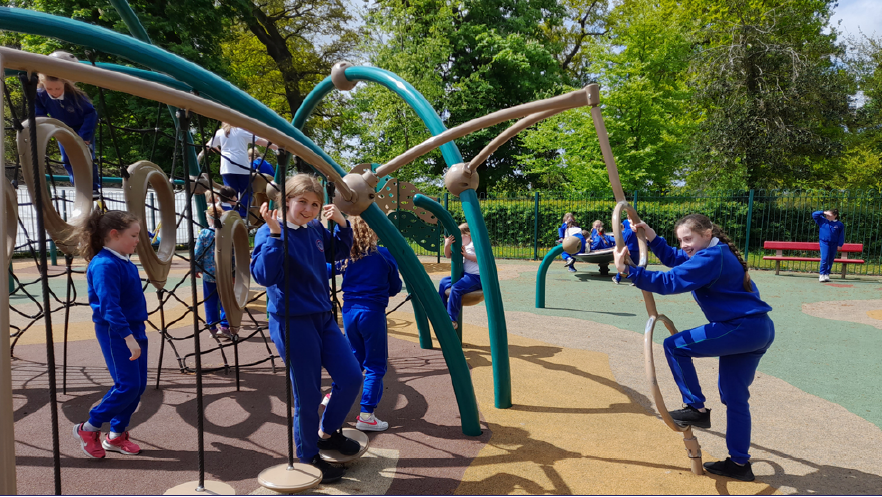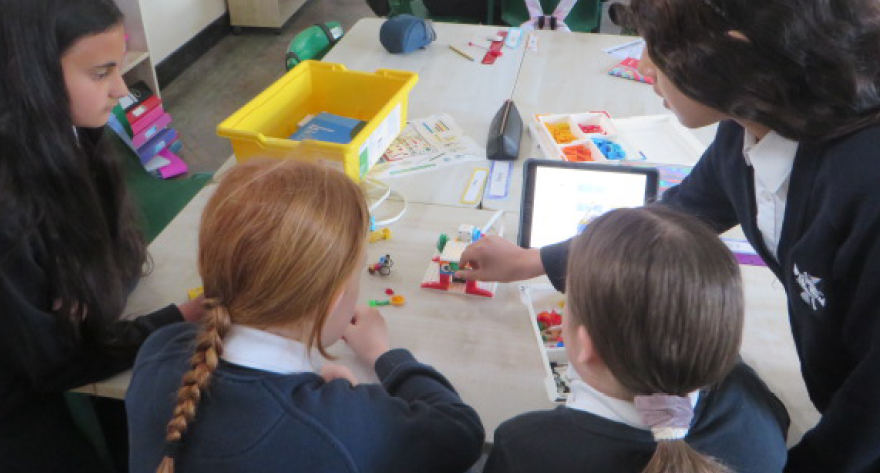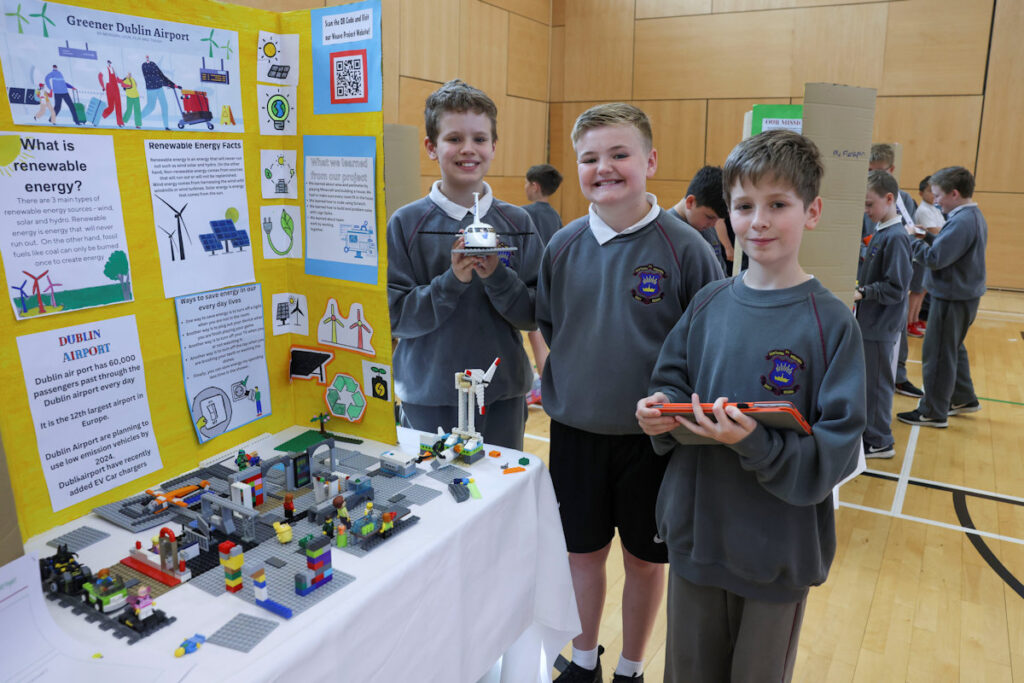About the WEAVE Project
The SFI Discover Weave Project is underpinned by a pedagogy called constructionism and was guided by five main themes to support learners to develop computational thinking skills.
Underpinning the 5 guiding themes of the project listed below, is a theory of learning and knowing calling constructionism. Constructionism advocates that learning happens most effectively when the learner is engaged in physically making or constructing a tangible artefact (Butler, 2004). This artefact is called an “object to think with” and helps to visualise learners’ thoughts. The model can be refined and modified based on feedback and sharing it with others.
In particular, a computational “object to think with” offers the learner ways of working and expressing themselves that would not be possible through more traditional mediums. A computational “object to think with” also helps to make connections between learners’ existing knowledge, experiences, and interests with powerful ideas, ways of thinking and working.

Cultural Responsiveness
The Irish Primary School curriculum is an intercultural curriculum and recognises, respects and celebrates diversity in all areas of human life.
Being culturally responsive in the classroom means creating learning experiences that reflect this diversity.
Culturally responsive teaching aims to let students use their own prior and cultural knowledge to learn new things and improve their education. This approach is a meaningful way to develop skills in computational thinking.
Cross-curricular
Learning about computation not only supports students in developing “a basis for thinking about the world and how it works” (Butler, 2007, p.64) but it also provides a meaningful context for learners to develop their meta-cognitive skills as they “learn how to think about themselves, their learning, ideas, and experiences” (Cator et al., 2018, p. 10).
This requires students to build competence in computational thinking through a range of knowledge, skills and attitudes and it requires teachers to design learning experiences that are cross-curricular to help students with developing computational thinking skills in context.

Community of Practice
A community of practice an be defined as defined as a “group of people who share a concern, a set of problems, or a passion about a topic, and who deepen their knowledge and expertise in this area by interacting on an ongoing basis” (Wenger, McDermott & Snyder, 2002, p. 4).
One of the benefits of a culturally responsive and cross-curricular approach that leverages co-creation, is the development of such a community of practice within school settings.

Computational Thinking
Computational thinking can be thought of as the “making and understanding of computational objects” (Papert, 2006, p. 8). Learning through computational objects is unique in the sense that learners receive immediate feedback in some form and the computational objects can be highly personalised. Having an “object to think with” (Papert, 1980, p.12) helps to facilitate the connection between learners’ prior knowledge, powerful ideas, ways of thinking and working that were not previously possible.
Think of all the amazing things we use computers for in our everyday lives – technology is everywhere, in smart phones, medical devices and climate monitoring, to name but a few! When you learn about computation, it helps you to develop a basis for thinking about the world and understanding how it works (Butler, 2007).

Co-creation
Co-creation can be described it as a joint effort that values every participant’s input, highlighting the significance of diverse knowledge and viewing teaching as a means to foster transformative experiences by building on existing knowledge (UNESCO, 2021).
As the LEGO robotics are based upon storytelling and solving fun challenges, they naturally leverage students’ prior knowledge bases in order to construct and code a solution. Taking a co-creation approach naturally combines culturally responsive and computational thinking skills as teachers select curriculum aspects and then explore these via robotics, resulting in student-driven projects. Each robotic creation is distinct, merging prior and new knowledge from peers and teachers.
